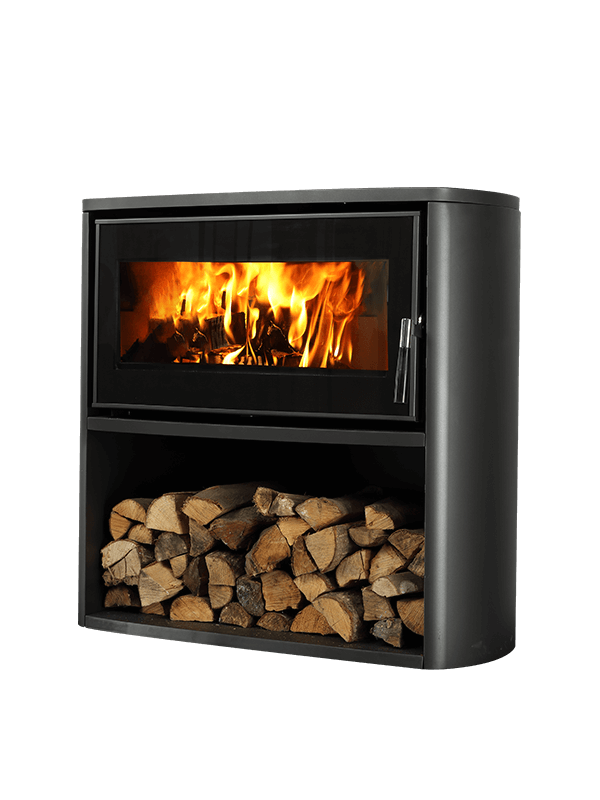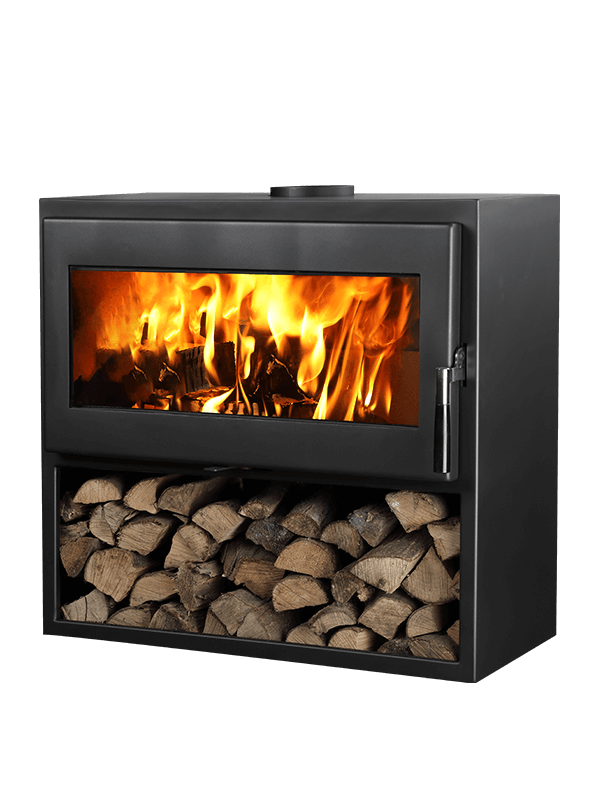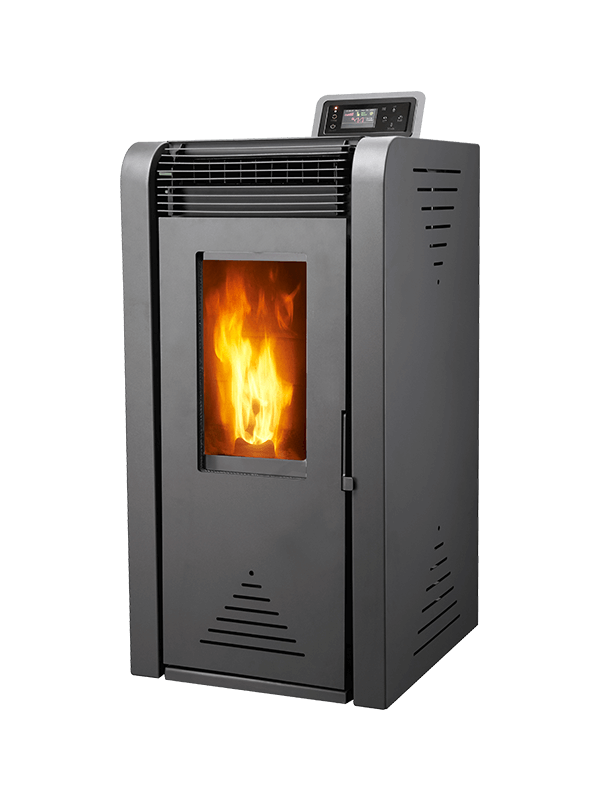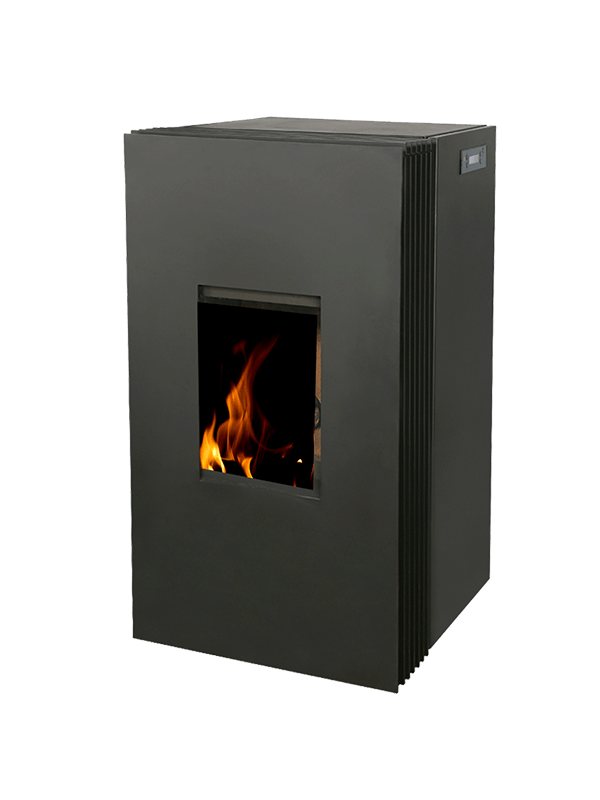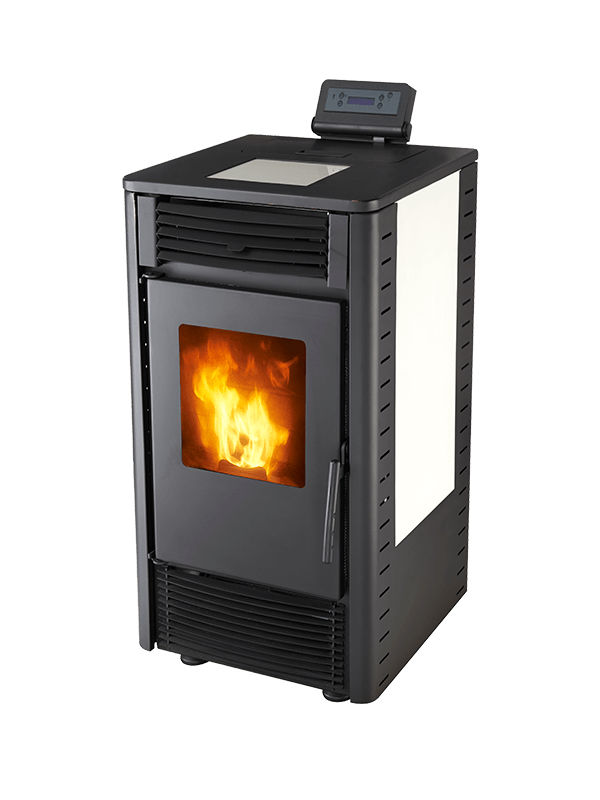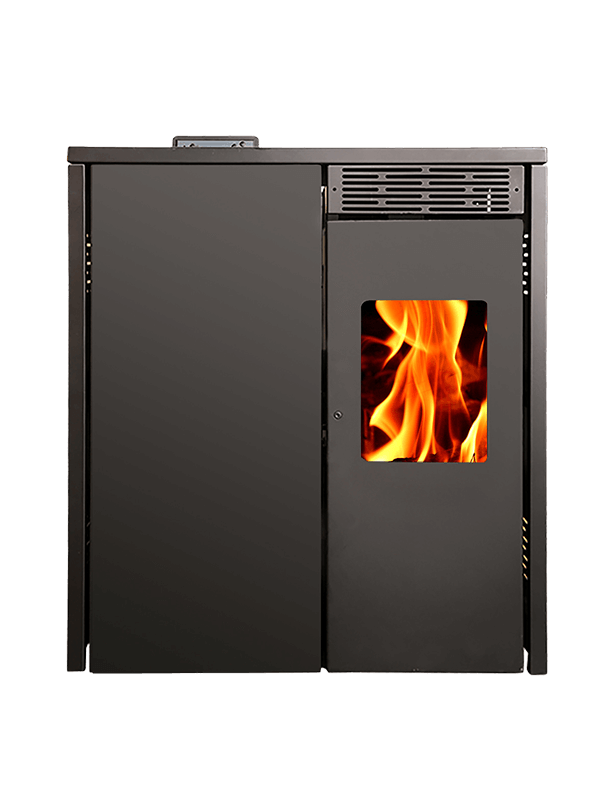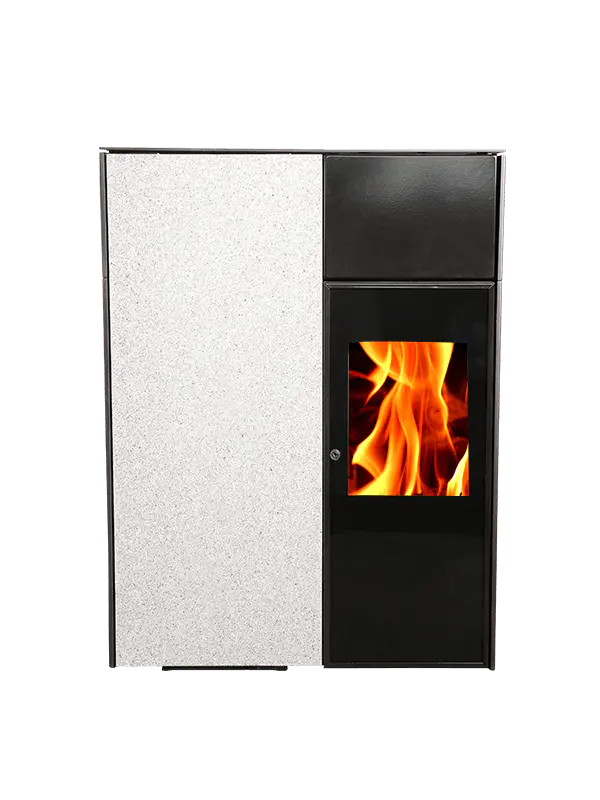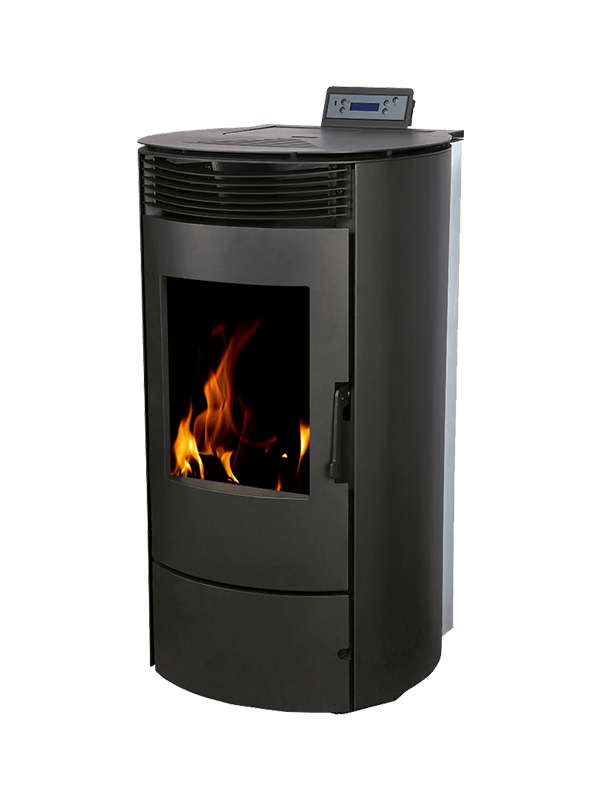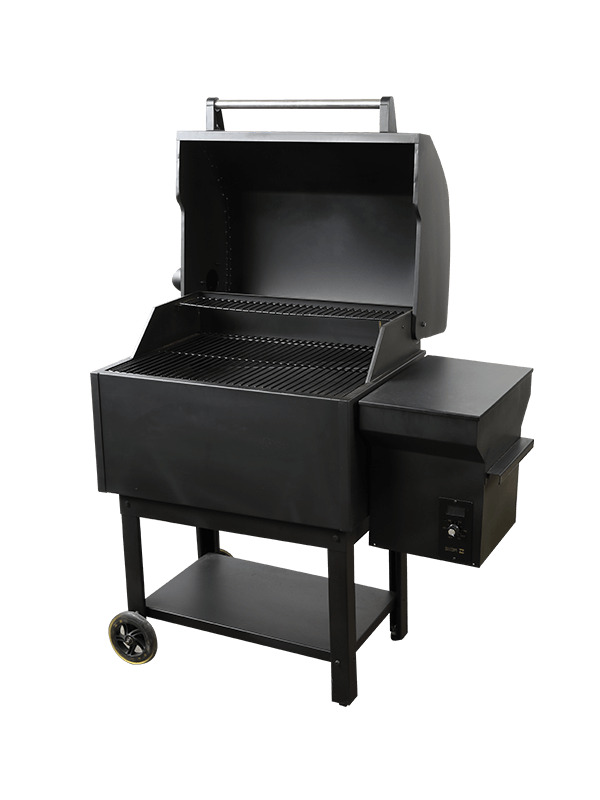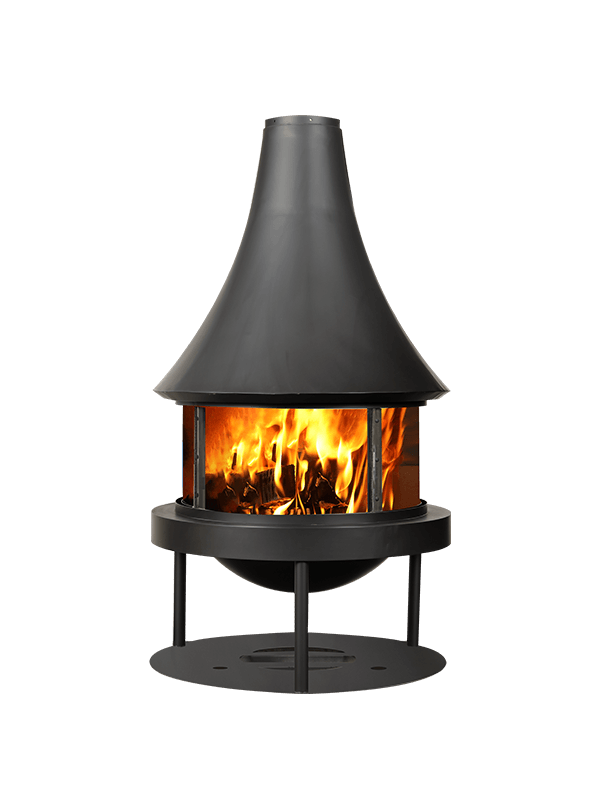A Wood Heater is a type of heating appliance that burns wood or other biomass fuel. They typically consist of a solid metal firebox with a fire brick or other fire resistant material lining. These devices are also equipped with one or more air controls. Depending on their size and fuel source, these devices can be either stationary or portable. Here are some of the features of a Wood Heater. Read on for more information!
When choosing a Wood Heater, consider its design and functionality. Some woods burn hotter and produce less smoke than others. Some heaters are made for supplemental heating, while others are intended to be an elegant focal point in the home. If you are looking for a stylish wood heater, consider getting one that is EPA certified. These products are marked with a metal tag on the back, and you can check for that certification by reading the owner's manual or list of certified appliances. In addition, keep in mind that older models have solid doors and should be replaced or disposed of.
A recent study examined the health effects of air pollution on over-45-year-olds in Sydney and found that chronic exposure to low levels of particulate matter was associated with an increased risk of death. The study cited above assumed that wood heater users used dry, clean hardwood for fuel. But wood heaters that use treated timber pose greater air pollution problems. In addition, because offcuts from timber treatment plants are abundant and cheap, many people are still using wood heaters containing a high percentage of treated timber.
Smoke from a wood-burning appliance is extremely dangerous, containing many airborne pollutants, including some that are carcinogenic. This smoke hangs in the air without any breeze. The EPA regulates residential wood heaters, as wood smoke contains fine particle pollution (PM2.5) and air pollutants. It's also important to note that wood smoke is very dense and contains airborne pollutants. Wood smoke is a complex mixture of chemicals and gases, which can seriously affect your health.
Modern wood-burning furnaces are EPA-certified and emit much less smoke than older wood-burning fireplaces. They also burn more efficiently and last longer. A wood-burning stove can be an efficient, cost-effective way to heat your home, but you'll need a chimney or flue to make the most of it. A wood-burning forced-air furnace can also be an effective alternative to a wood-burning stove.
Depending on the look you want, there are many different types of wood-burning stoves. Choose one that blends in with the aesthetic of your home while providing long-lasting heat. A freestanding wood heater offers the most flexibility in installation. These units can be installed next to a wall, in a corner, or within a masonry fireplace. Installing one in an existing fireplace will be relatively straightforward. You can also choose a built-in insert for your fireplace.
The main pollutants produced by wood-burning stoves include carbon monoxide, fine particles, nitrogen oxides, butadiene, formaldehyde, and polyaromatic hydrocarbons. Many of these pollutants are toxic and can damage your home and the air in your surroundings. A wood heater that meets the AHHA's standards is safe, but if you want to buy an Australian-made model, be sure to ask for it.
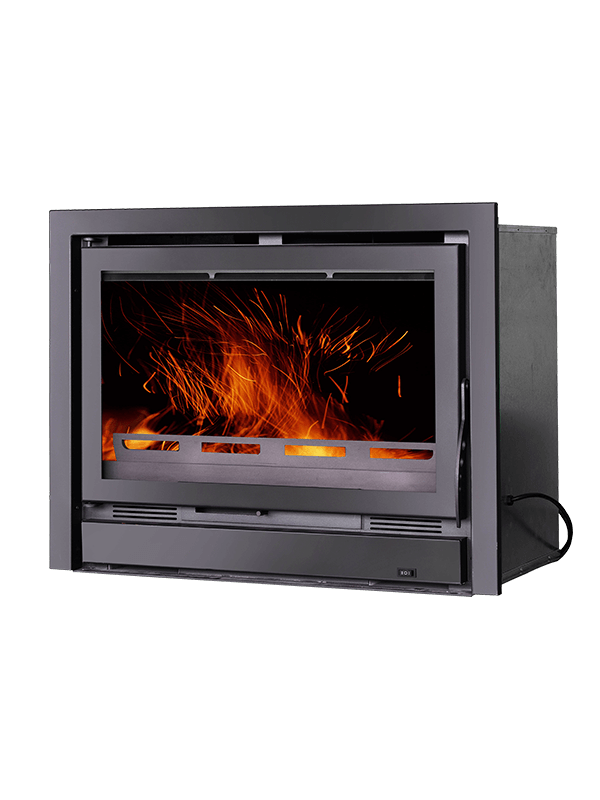
Nominal heat output: 11KW
Heating type: Convection
Fuel: Wood logs
Material: carbon steel, Galvanized steel, ceramic glass(NEG or Schott brand), high temperature resistant paint(Forest brand)
Firebox material: carbon steel
Primary air: Yes
Secondary air: Yes
Ashpan: yes
Hot air blower : Yes
Blower speed adjustable: Yes




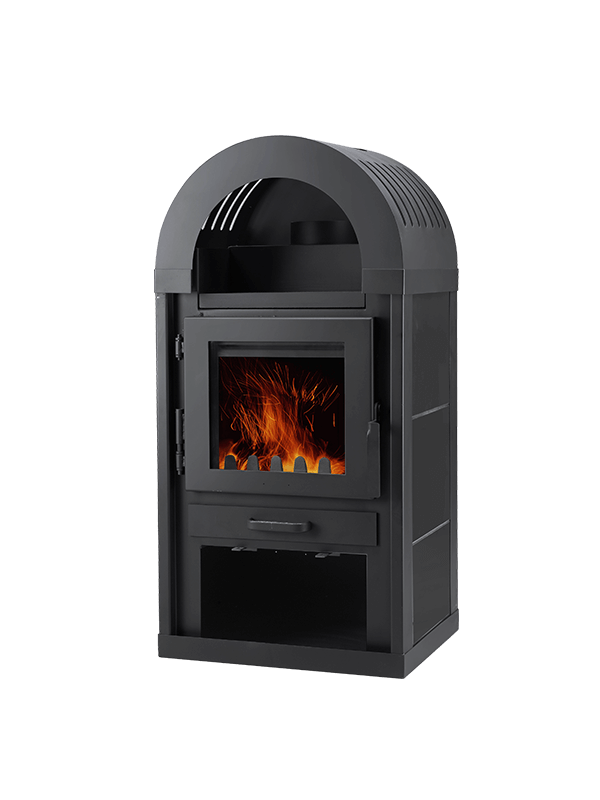
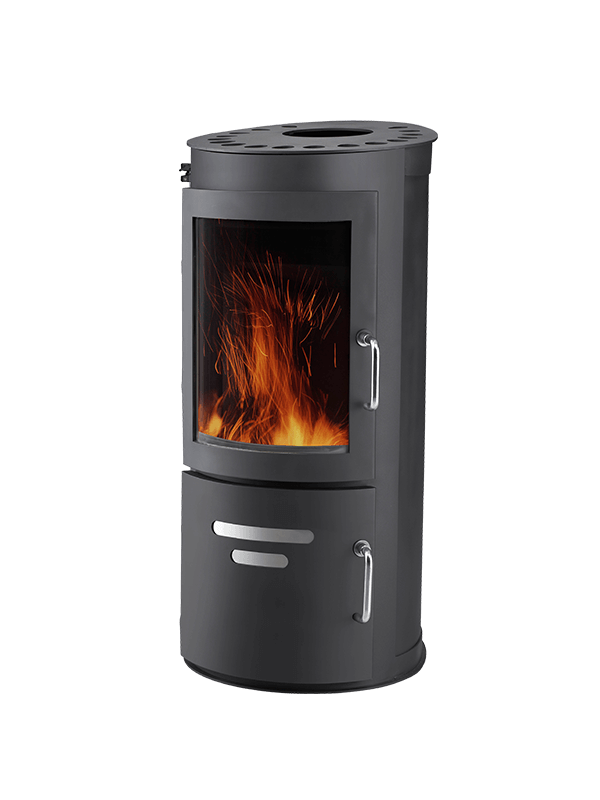
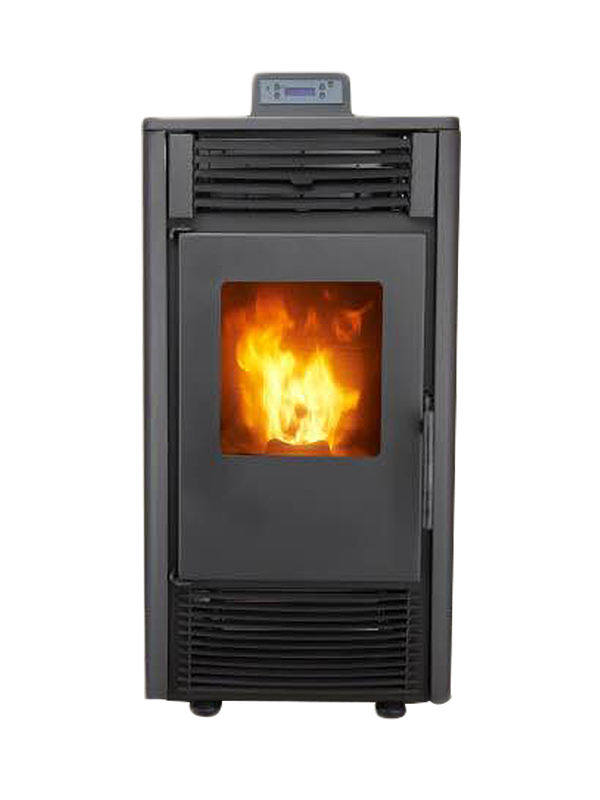
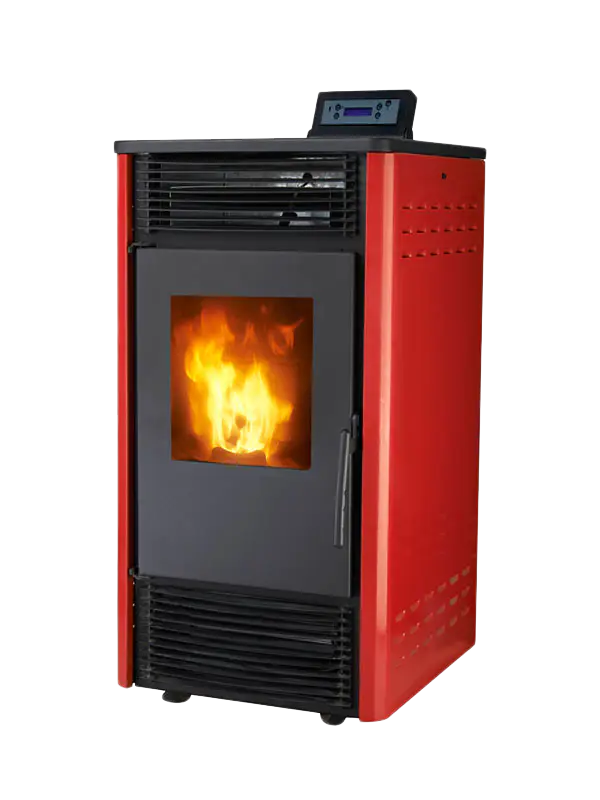
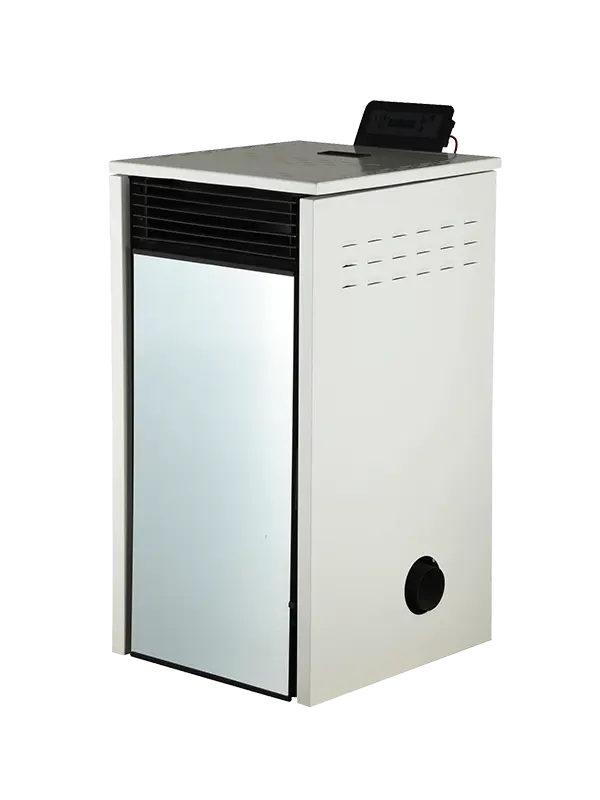
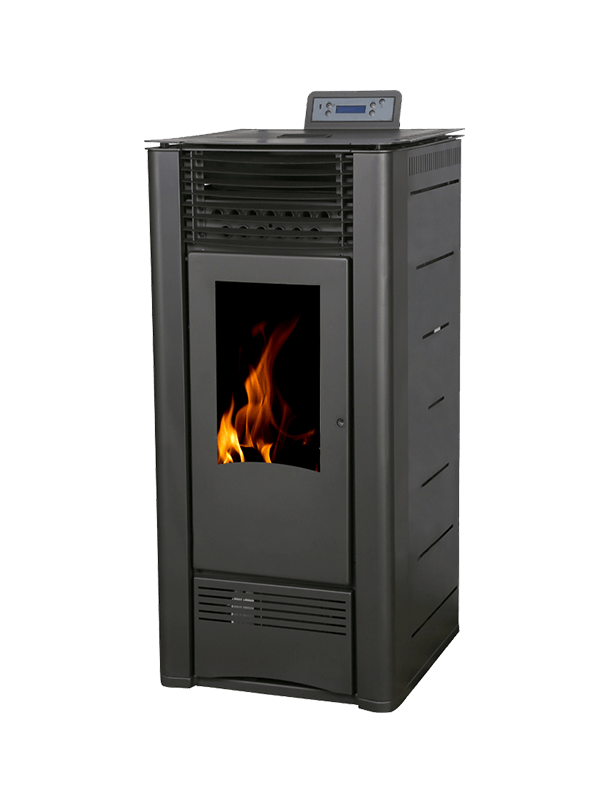
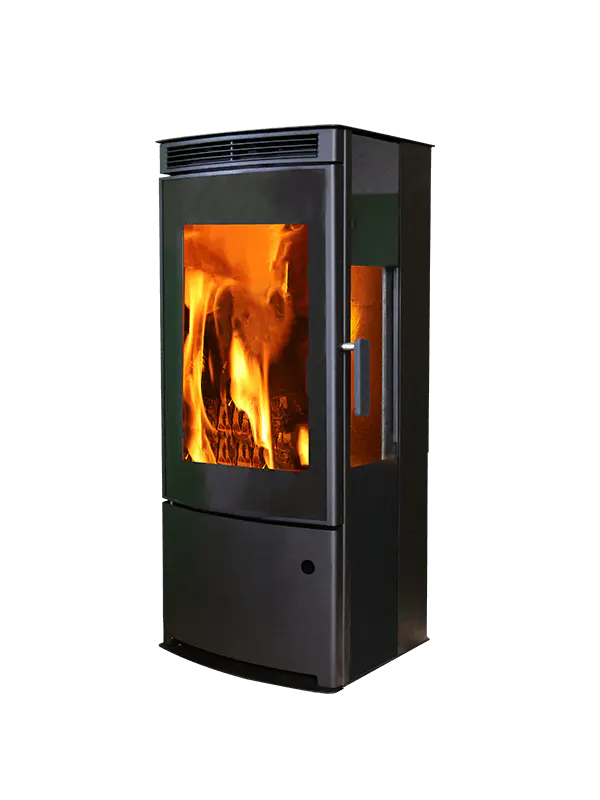
-.png)
